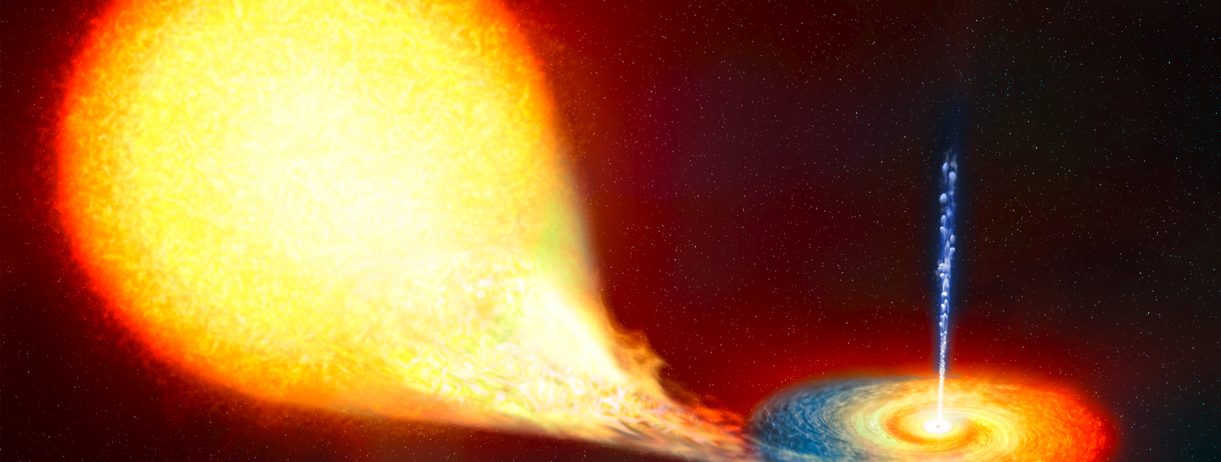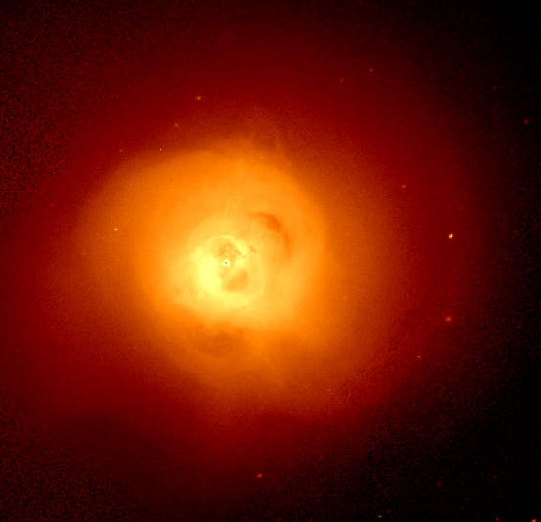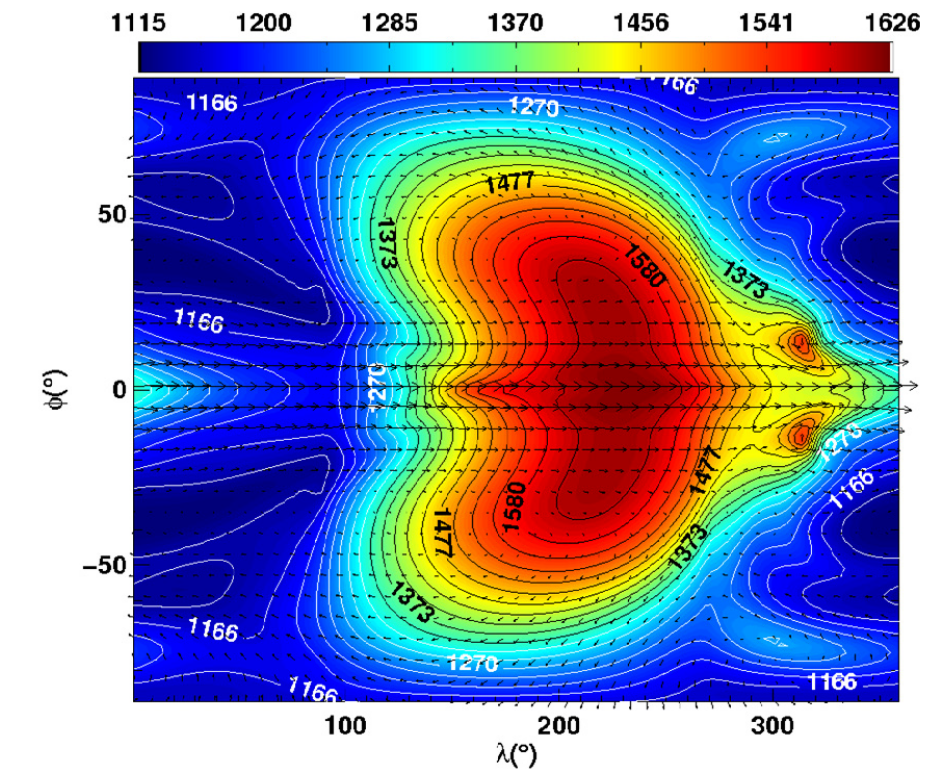ULXs and accretion processes
le 20 novembre 2020, 11h à 13h, Andrés Gurpide Lasheras, salle Coriolis
Accretion around black holes and neutron stars is an efficient process to convert gravitational energy into radiation. So efficient, that accreting black holes and neutron stars power the brightest sources in the X-ray sky. As matter falls onto these objects and energy is slowly transformed into radiation, photons will start to exert pressure onto the accreting matter, impeding the material from further infall onto the compact object. This is supposed to set a limit on how bright an object can shine when powered by accretion, known as the Eddington limit. Most Active Galactic Nuclei and X-ray binaries seem to « respect » this limit and therefore accrete mater in the sub-Eddington regime or close to it.
Among the few objects observed accreting beyond this limit, in a sustained manner, are Ultraluminous X-ray sources. The accretion process driving their extreme luminosities is still puzzling but may offer us the unique opportunity to understand the rapid growth of supermassive black holes in the early universe. I will introduce the basics of accretion theory to later go through the proposed scenarios to explain how material is transferred to the compact object in the super-Eddington regime. I will discuss how the observational properties of Ultraluminous X-ray sources fit in the different proposed scenarios and what is the current status and key open questions of the field.






